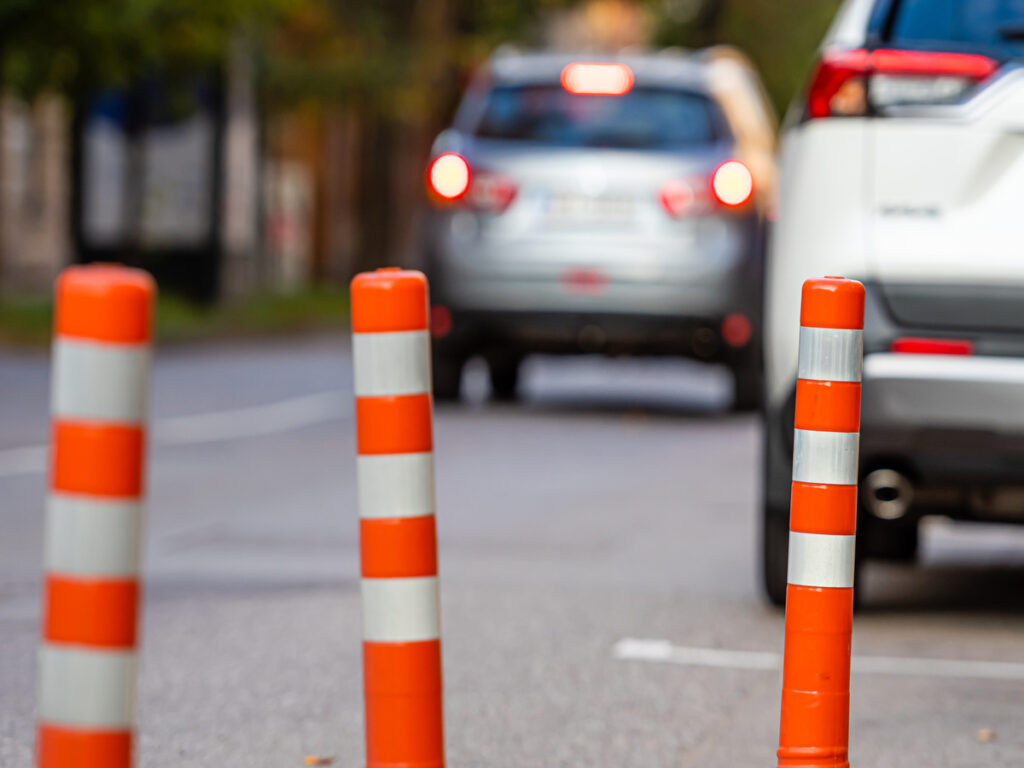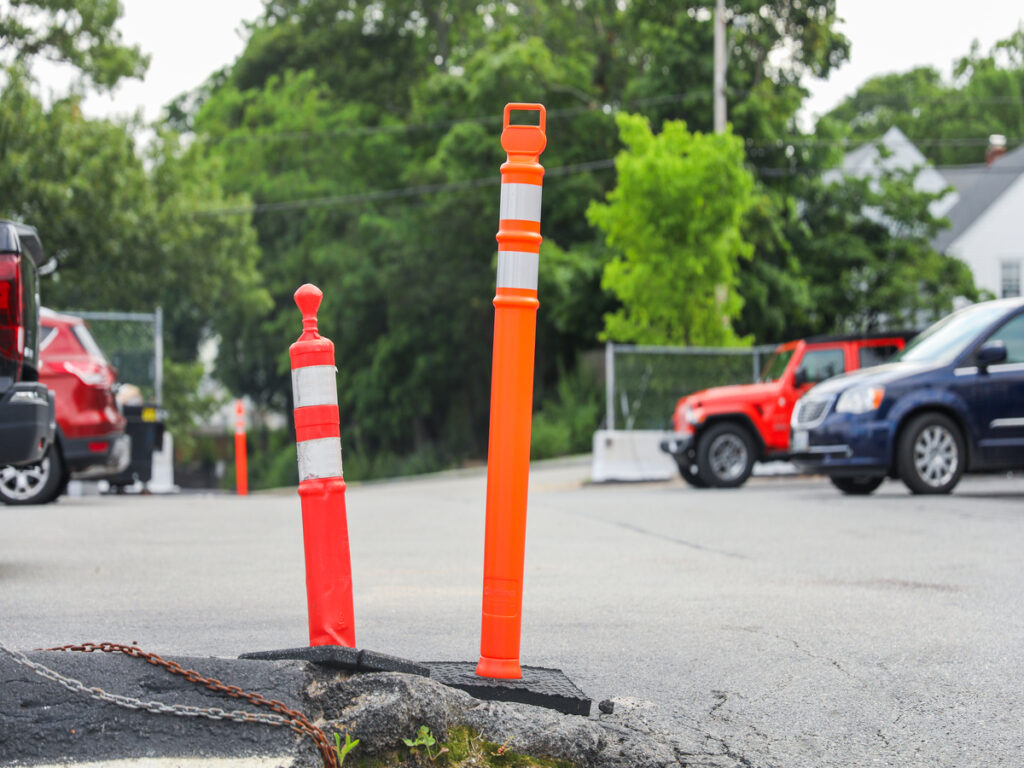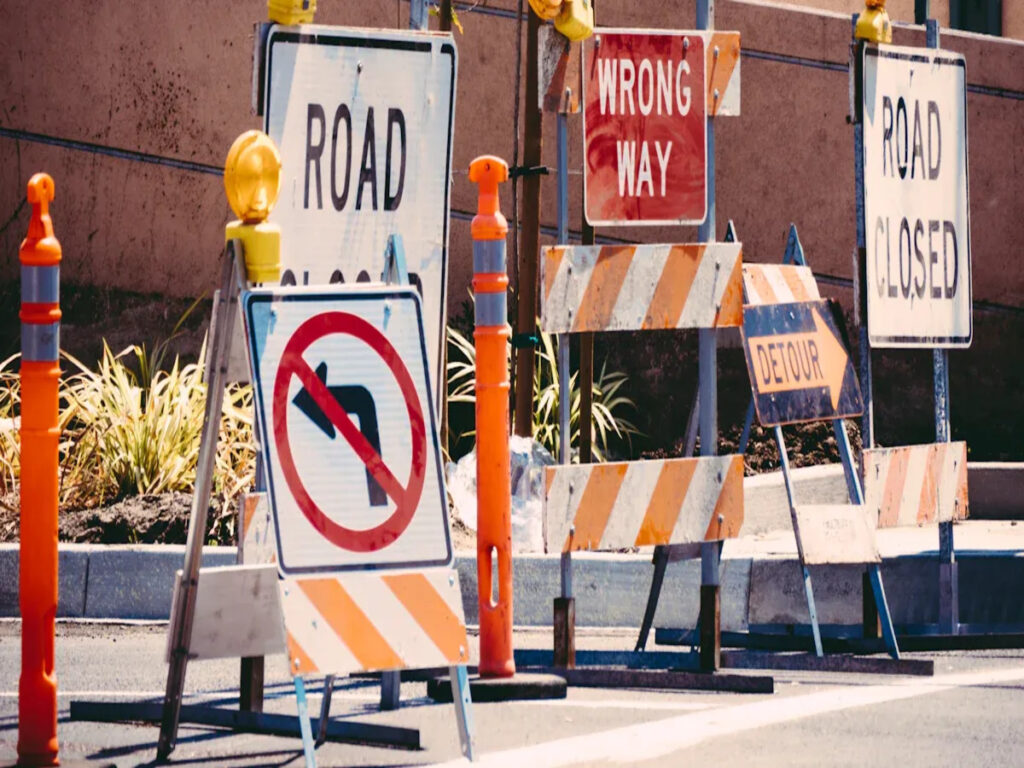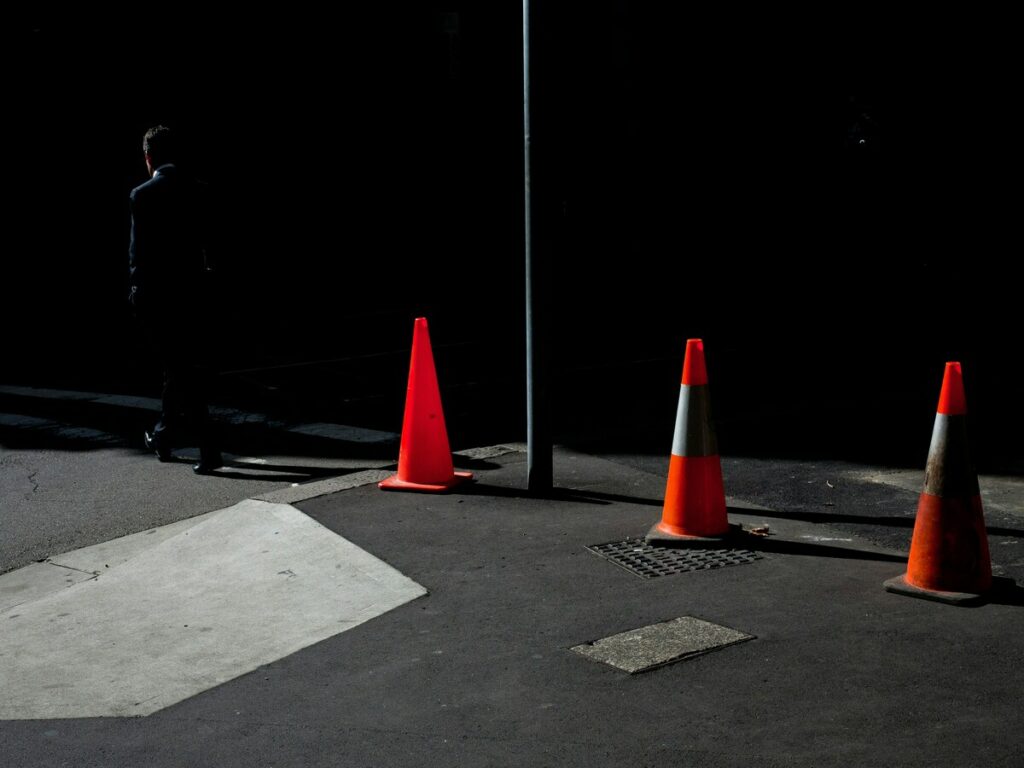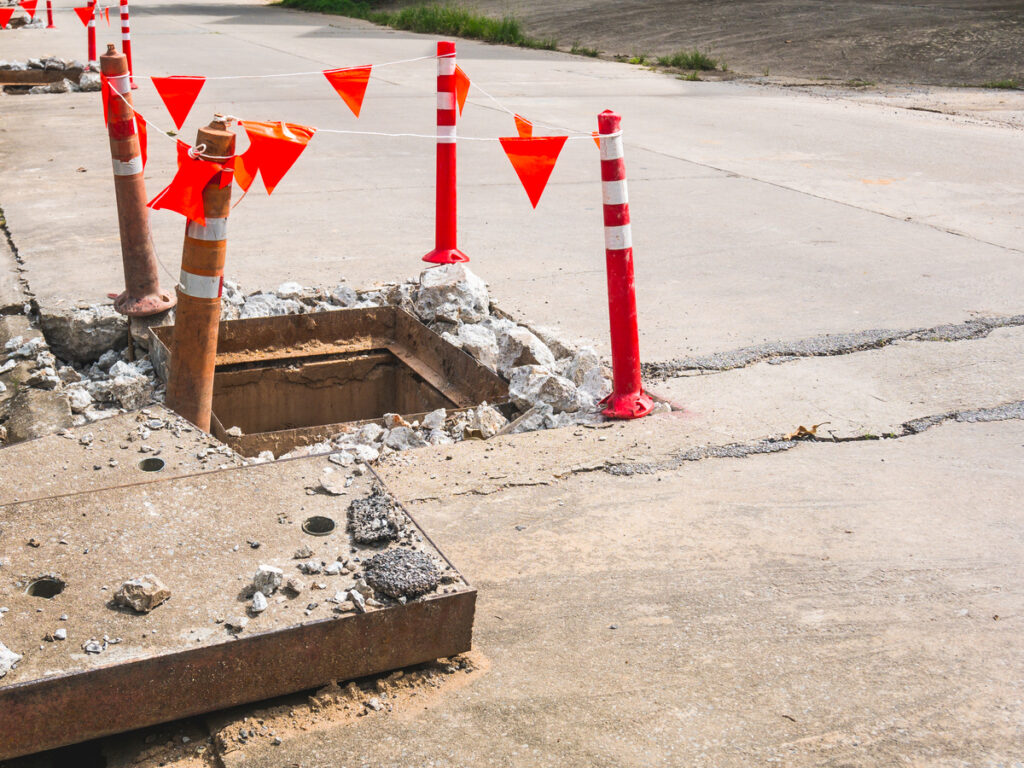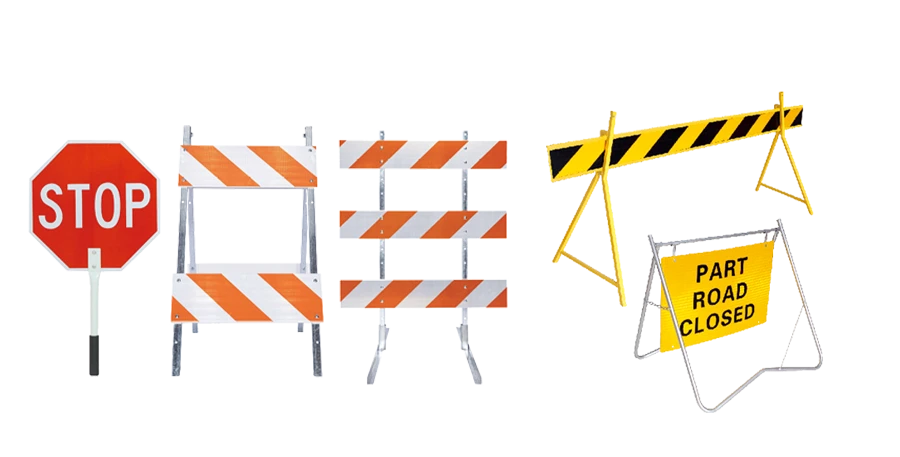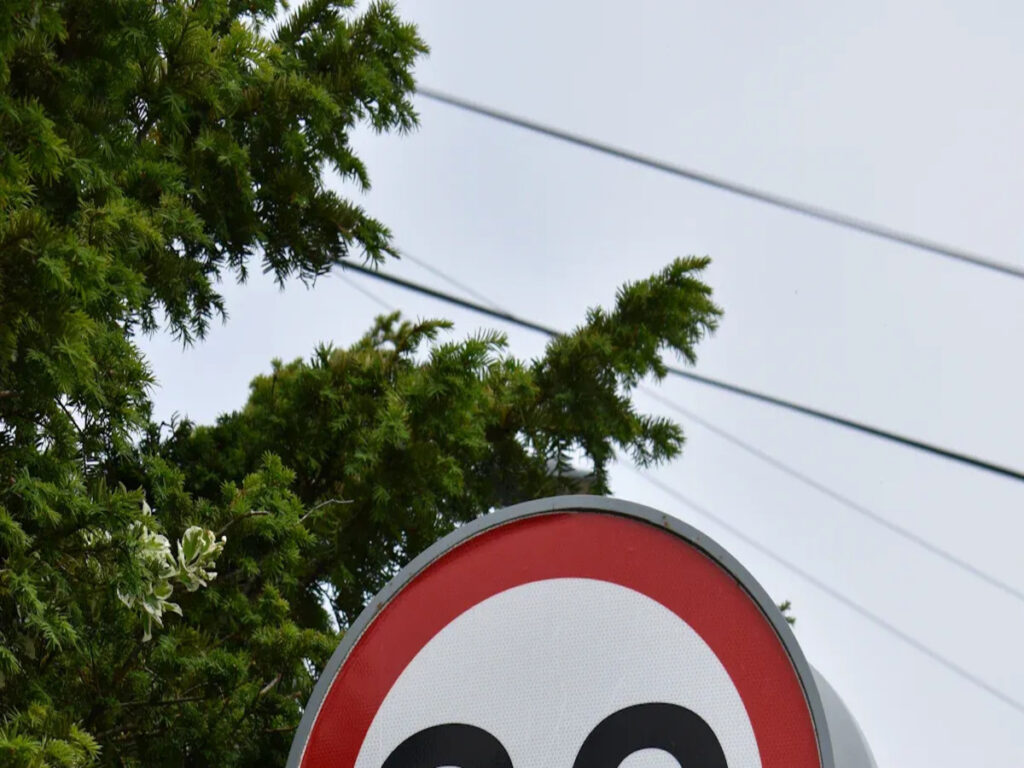
The समान यातायात नियंत्रण उपकरणों पर मैनुअल (MUTCD) is the national rule for regulatory signs in the United States. Aluminum traffic signs help meet these rules, especially where safety and seeing the sign is very important. Thicker aluminum traffic signs last longer in bad weather and when hit. This makes them good for regulatory signs that must stay clear and easy to read. The table below lists the most common thicknesses and alloys used for traffic control and regulatory signs:
| एल्यूमीनियम मिश्र धातु | सामान्य मोटाई (इंच) | नोट |
|---|---|---|
| 5052-H38 | 0.040, 0.063, 0.080, 0.100, 0.125 | कठोर मिश्र धातु, कम पुनर्नवीनीकरण सामग्री |
| 3105-H38 | 0.040, 0.063, 0.080, 0.100, 0.125 | इसी तरह की ताकत, उच्च पुनर्नवीनीकरण सामग्री |
| मानक सड़क संकेत | 0.080 (80 एमआईएल) | सड़क के संकेतों के लिए विशिष्ट मोटाई |
| नवीनता संकेत | 0.060, के रूप में पतला 0.040 | उपहार या गैर-मानक अनुप्रयोगों के लिए उपयोग किया जाता है |
Picking the right thickness helps make sure regulatory signs work well for safety and can be seen for a long time.
चाबी छीनना
- Picking the right aluminum thickness keeps signs strong and safe. It also helps signs stay easy to see in any weather.
- Most street signs use 0.080-inch thick aluminum. Bigger highway signs need 0.125-inch thickness for more strength.
- Thicker aluminum holds reflective coatings better. This makes signs easier to see during the day and at night. It helps drivers stay safe.
- Using the right thickness means signs get less damage. It also lowers repair costs and saves cities money over time.
- City planners should choose sign thickness by size, जगह, और मौसम. This helps meet MUTCD rules and keeps roads safe.
MUTCD Thickness Standards
Aluminum Traffic Signs Material Requirements
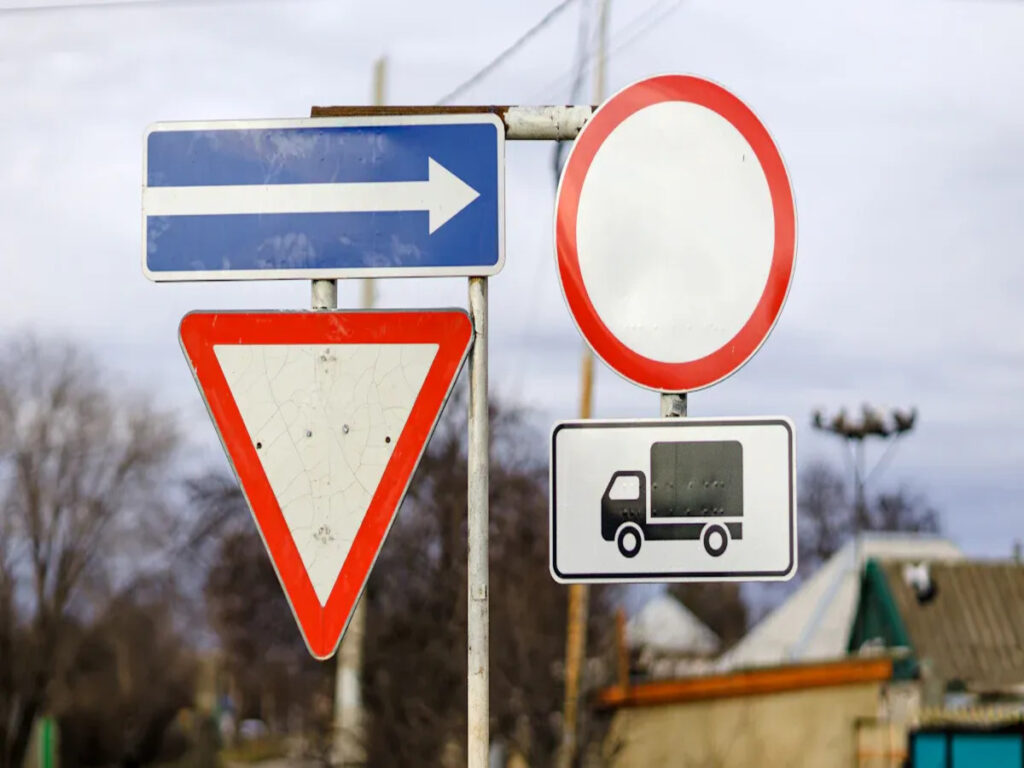
The MUTCD has clear rules for what materials to use. Most traffic control signs use aluminum. Aluminum is strong, रोशनी, and easy to recycle. Cities and states can reuse aluminum signs. इससे पैसे की बचत होती है. Other materials like plywood or fiberglass-reinforced plastic are not used as much. These can be heavier, अधिक लागत, or are harder to recycle.
MUTCD Section 2A.07 says all regulatory signs must be retroreflective or lit up. This rule helps drivers see signs day and night. Aluminum traffic signs work well for this. They are a good base for reflective coatings. These coatings keep the sign bright and easy to see. Aluminum signs also follow U.S. Bureau of Public Roads Standards. They have rounded corners and holes for mounting, as the Federal Standard Highway Signs Manual says.
टिप्पणी: Aluminum traffic signs usually have special reflective sheeting. This sheeting meets federal rules for regulatory, चेतावनी, और गाइड संकेत.
Common Thickness Specifications
The MUTCD does not give just one thickness for all aluminum traffic signs. It gives choices based on the sign’s size and use. The most common thicknesses are 0.063 इंच, 0.080 इंच, और 0.125 इंच. These sizes help the signs last long and stay safe.
| एल्यूमीनियम मोटाई (इंच) | एल्यूमीनियम मोटाई (मिमी) | Applicable Sign Size (Longest Side) |
|---|---|---|
| 0.063 | 1.5 | Specified in contract documents |
| 0.080 | 2.0 | Default for signs ≤ 36 इंच (900 मिमी) |
| 0.125 | 3.0 | Default for signs > 36 इंच (900 मिमी) |
Most street name signs use 0.080-inch thick aluminum. Some street name signs are extruded. This means they have a thicker edge for more strength. This makes the sign stiff and steady. Bigger regulatory signs, राजमार्गों पर उन लोगों की तरह, often use 0.125-inch thickness. This thicker aluminum helps the sign handle wind, मौसम, और हिट.
If you’re curious about whether thicker aluminum is always the best choice for traffic signs, हमारे ब्लॉग की जाँच करें: मोटा हमेशा बेहतर होता है? एल्यूमीनियम यातायात संकेतों में विभिन्न मोटाई के पेशेवरों और विपक्ष. It will help you decide the right thickness for your specific needs.
Application by Sign Size
The sign’s size helps decide which thickness is best. Small regulatory signs, like parking or street name signs, often use 0.080-inch aluminum. These signs do not get much wind or impact. बड़े संकेत, like highway guide signs or large stop signs, need more support. The mutcd specifications suggest 0.125-inch aluminum for these signs. This thickness keeps the sign flat and strong, खराब मौसम में भी.
The type of aluminum alloy is important too. Lower strength alloys, पसंद 1100 और 3003, are good for city and street signs. These signs do not need to be very strong. Stronger alloys, पसंद 5052 या 6061, are better for highways or places near the ocean. These alloys do not rust easily and can handle storms. Picking the right alloy and thickness helps regulatory signs meet mutcd rules for safety and long life.
बख्शीश: Always choose the right sign thickness and alloy for the sign’s size and where it will go. This helps the sign last and meet all mutcd rules for traffic control.
Why Thickness Matters for Aluminum Traffic Signs
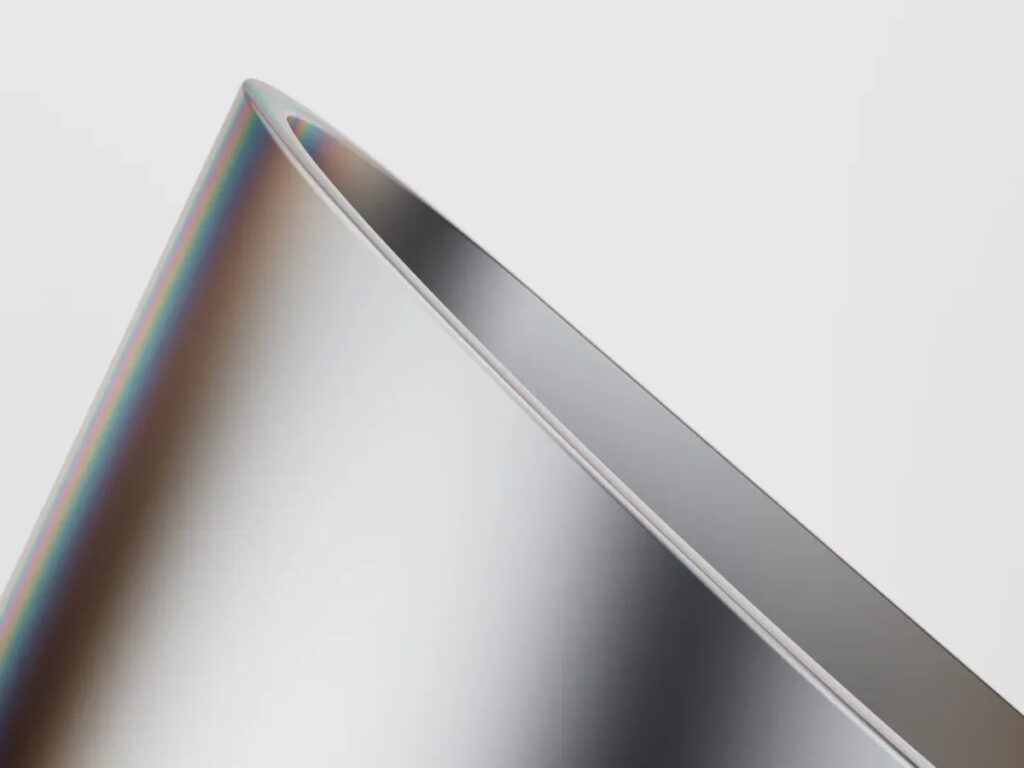
दृश्यता और परावर्तन
Being able to see signs is very important for safety. Aluminum traffic signs must be clear and easy to read all the time. The thickness of the sign helps the retroreflective sheeting stick well. This special layer bounces light back to drivers. It makes regulatory signs easy to see from far away. Thicker signs hold the reflective layer better. This keeps the sign bright and easy to read for many years.
Studies show that stroke width and sign brightness affect how far away drivers can read signs. The table below shows what researchers found about visibility distance:
| अध्ययन (Author, वर्ष) | Key Finding Related to Stroke Width and Visibility Distance |
|---|---|
| Tinker (1966) | Best character stroke width is 18% of the letter’s height or width. |
| Kuhn et al. (1997) | Stroke-width to height ratio: 1:5 for positive contrast, 1:7 for negative contrast. |
| Holick and Carlson (2002) | Sign brightness needed for reading depends on stroke width, दूरी, driver age, and eyesight. |
Thicker aluminum traffic signs give a strong base for these design needs. This helps regulatory signs meet the safety and visibility rules in MUTCD.
बख्शीश: Signs with the right thickness and reflective layers help drivers see important messages fast, खराब मौसम में या रात में भी.
स्थायित्व और दीर्घायु
Durability means the sign can last through sun, बारिश, बर्फ, and wind for years. Aluminum traffic signs do not rust or corrode, यहां तक कि समुद्र के पास या गीले स्थानों में. The thickness of the sign makes it stronger, so it does not bend or break easily. Signs with more thickness last longer and need less fixing.
The table below shows how long aluminum traffic signs last in different places:
| सामग्री | औसत जीवनकाल (साल) | प्रमुख स्थायित्व सुविधाएँ |
|---|---|---|
| अल्युमीनियम | 7 को 12 (तक 12 with special coatings) | जंग के लिए प्रतिरोधी, यूवी-प्रतिरोधी, थोड़ी देखभाल की जरूरत है, does not corrode in coastal, wet, बरसाती, snowy, and hot places |
Many regulatory signs use grades like 5052 और 6061 for extra strength. These grades do not rust or corrode, कठिन मौसम में भी. Special coatings and reflective layers help signs keep their color and brightness. Most signs only need simple cleaning and quick checks to stay in good shape.
- Aluminum traffic signs last longer than steel or plastic signs.
- Signs with more thickness stand up to strong winds and heavy rain.
- Proper coatings help signs stay bright and readable.
संघात प्रतिरोध
Impact resistance means the sign can take hits or bumps. Thicker aluminum traffic signs work best in busy areas and places with bad weather. These signs do not bend or break when hit by cars or flying objects. The extra thickness gives the sign more strength and helps it stay in place.
- Aluminum signs come in different thicknesses, पसंद .063-gauge and .125-gauge.
- The .125-gauge aluminum gives better protection in tough places.
- Thicker signs resist damage from wind, बारिश, और प्रभाव.
- Protective finishes add even more weather resistance.
Regulatory signs in busy places need to stay strong and easy to see. Thicker aluminum traffic signs help keep roads safe by staying readable and in good shape, even after being hit.
टिप्पणी: Picking the right thickness for aluminum traffic signs makes them safer and easier to see, especially in busy or harsh places.
Safety and Compliance Impact
Meeting MUTCD Safety Standards
Having the right sign thickness is very important for safety. Signs need to be thick enough to handle wind and rain. If a sign is too thin, it might bend or fall in storms. This makes it hard for drivers to see the sign. The MUTCD says traffic signs must always be easy to read and not move around. When cities pick the right thickness, signs stay clear and reflective. इससे ड्राइवरों को सुरक्षित रहने और नियमों का पालन करने में मदद मिलती है.
Picking the best thickness for each sign helps stop accidents and keeps roads safe for everyone.
Structural Integrity in Harsh Environments
Thicker signs are stronger in places with bad weather. Aluminum signs with more thickness do not bend or break easily. वे हवा को संभाल सकते हैं, बर्फ, और बारिश. The table below shows how different features help signs last longer in tough weather:
| विशेषता | Benefit in Extreme Weather Conditions |
|---|---|
| Rust-Proof | Stops rust from rain and wet weather |
| UV-Resistant Coatings | Keeps signs from fading in the sun |
| Lightweight Strength | Makes signs strong but easy to put up |
| तापमान सहिष्णुता | Works well in hot and cold places |
| नमी प्रतिरोध | Stops signs from swelling or warping |
Signs that are 0.080 inches thick or more stay flat and strong. Even in storms, these signs keep their shape and can be seen. This is important for keeping people safe.
Reducing Maintenance and Replacement
Thicker signs last longer and do not break as much. They can handle bad weather and bumps, so cities do not have to fix them often. उदाहरण के लिए, a stop sign that is 0.080 inches thick can stand up to wind and rain for many years. This means fewer broken or missing signs, which helps police and keeps drivers safe.
- Cities save money because they fix signs less.
- Stronger signs stay bright and easy to read.
- Less fixing means roads are safer for a longer time.
When cities pick the right thickness, signs meet mutcd rules for safety and being seen. This helps everyone follow the rules and keeps roads safe.
सही मोटाई चुनना
चयन कारक
City planners look at several factors when choosing the right thickness for regulatory signs. Traffic volume is important. Busy roads need stronger signs that can handle more wear and tear. Climate also matters. Areas with strong winds, भारी वर्षा, or snow need thicker signs to prevent bending or breaking. Sign location affects the choice too. Signs placed on highways or open areas face more wind and need extra support. Local rules and MUTCD standards guide the minimum thickness for each sign type.
बख्शीश: Always match the sign’s thickness to the local weather and traffic conditions for the best safety and performance.
लागत बनाम. अनुपालन
Material quality changes the price of road signs. Thicker aluminum costs more than thinner options, but it lasts longer and stands up to bad weather. Standard aluminum signs offer a good balance of cost and durability for many uses. Brushed or die-cast aluminum signs cost more because they are thicker and look better, but they also last longer. Cities that invest in thicker signs spend more at first but save money over time. Fewer repairs and replacements mean lower costs in the long run. Thicker signs also help cities meet safety rules and reduce the risk of damaged or missing signs.
- Die-cast aluminum signs resist weather and damage.
- Thicker signs lower maintenance and replacement costs.
- Upfront investment leads to long-term savings for cities.
Guidelines for City Planners
Planners use sign size, पवन क्षेत्र, and support needs to pick the right thickness. The table below shows how these factors work together:
| साइन आकार (मिमी) | पवन क्षेत्र | अनुशंसित मोटाई | मदद की जरूरत है? |
|---|---|---|---|
| तक 600 एक्स 600 | न्यून मध्यम | 1.6 मिमी | Frame or strong post |
| 600 एक्स 600 - 1200 एक्स 900 | Medium/High | 2.0 मिमी | Bracing or frame |
| ऊपर 1200 एक्स 900 | उच्च/चक्रवात | 2.0-3.0 मिमी | भारी कर्तव्य |
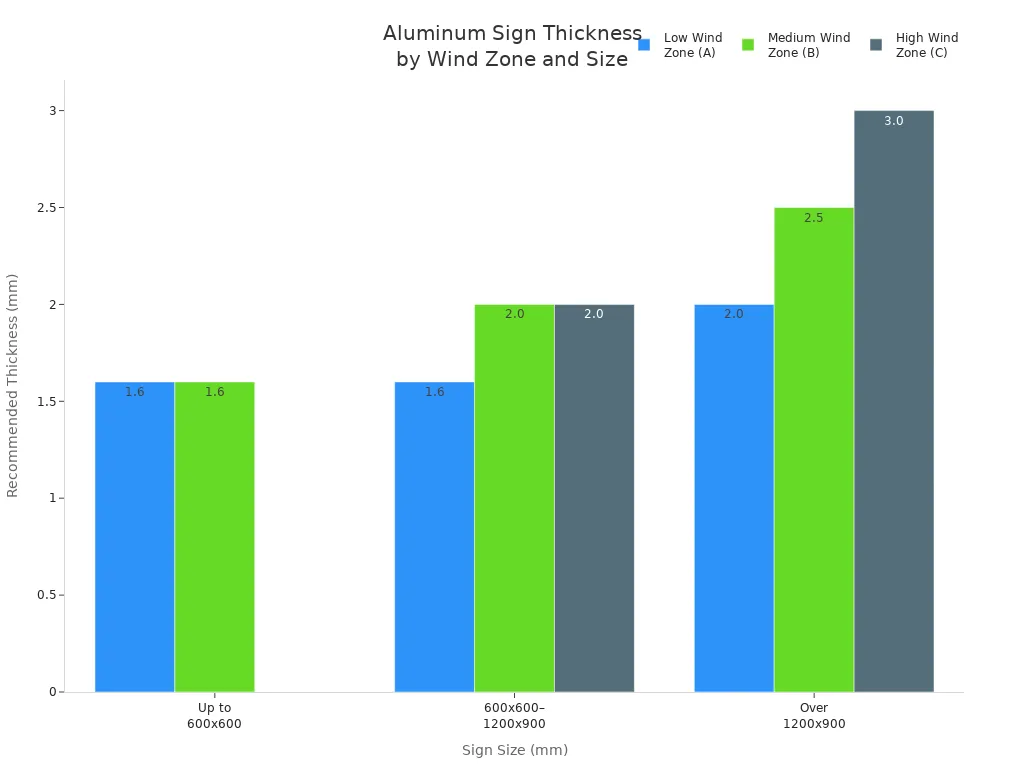
Planners can use bracing or strong frames to support thinner signs if needed. Regular checks help keep signs safe and in good shape. Choosing the right thickness keeps regulatory signs strong, सुरक्षित, and easy to read in all conditions.
Aluminum traffic sign thickness is very important for MUTCD rules. Picking the right thickness makes signs safer and last longer. It also helps cities save money. Research shows .063 gauge works well for most outdoor signs. The .125 gauge is better for tough weather or busy roads. Using the right thickness can help stop accidents and keep traffic moving.
| पैनल प्रकार | मोटाई (mm/inches) | विवरण |
|---|---|---|
| Single Sheet Aluminum Signs | 0.080 inch gauge | Framed single sheet aluminum signs |
| Laminated Panel Type A | 25.4 मिमी (1 इंच) | Overhead laminated sign, single or multiple panels |
| Laminated Panel Type B | 63.5 मिमी (2.5 इंच) | Roadside laminated sign, thicker panel |
Planners should always check MUTCD rules before picking a sign thickness. They can talk to sign experts for advice. Good information and product choices help signs follow the rules and last a long time.
अक्सर पूछे जाने वाले प्रश्न
What is the most common thickness for street signs?
Most street signs use 0.080-inch thick aluminum. This thickness gives enough strength for daily use. It helps the sign stay flat and easy to read.
Why do highway signs need thicker aluminum?
Highway signs face strong winds and heavy traffic. Signs with 0.125-inch thick aluminum resist bending and damage. They last longer in tough conditions.
How does sign thickness affect visibility?
Thicker signs hold reflective layers better. This keeps the sign bright and readable. Drivers see messages clearly, रात में या खराब मौसम में भी.
Can cities use thinner aluminum for small signs?
Cities sometimes use 0.063-inch aluminum for small signs. These signs work well in low-impact areas. Thinner signs cost less but may need more support.
Does thicker aluminum reduce maintenance costs?
Thicker aluminum signs last longer and need fewer repairs. Cities save money over time. Strong signs stay in place and keep roads safe for everyone.

